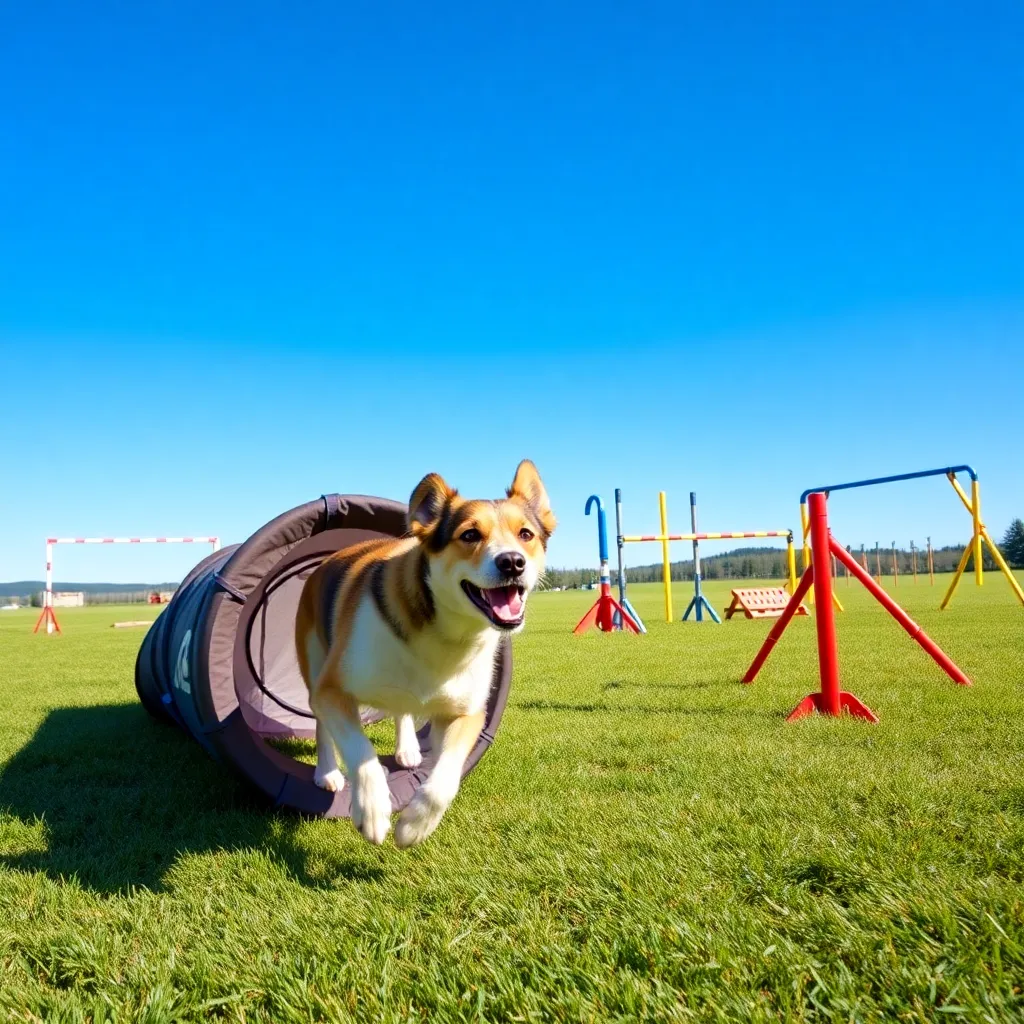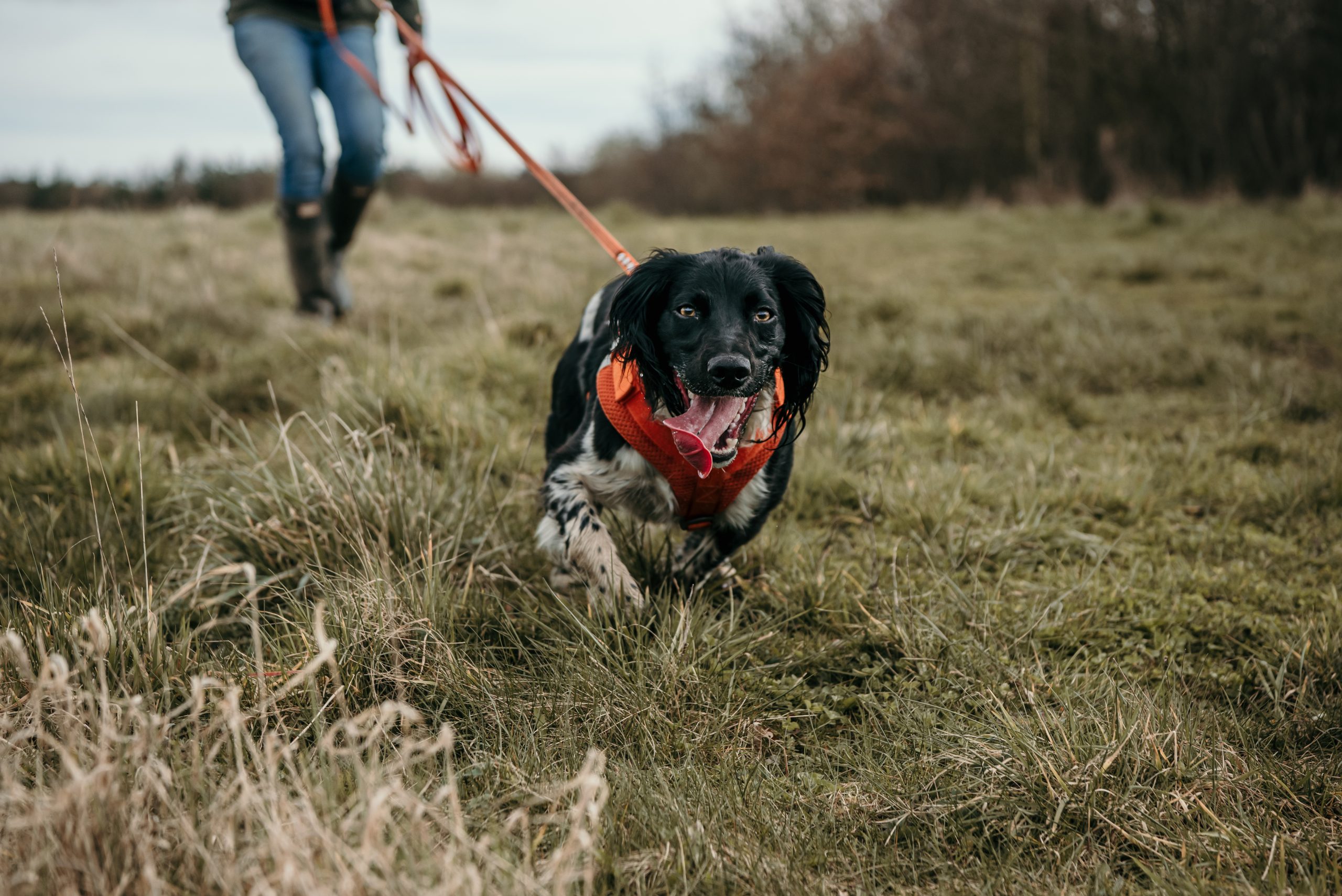Train Your Dog Without Treats – Tools That Work Better
You can train your dog effectively without treats by using powerful natural motivators like praise, physical affection, and favorite toys. Establish clear patterns between desired behaviors and immediate rewards through an upbeat tone, strategic petting, and brief but intense praise sessions. Incorporate tools like clickers, target sticks, and long-line leashes while leveraging environmental rewards such as outdoor access. top dog agility training. Mastering these alternative techniques will transform your training approach into a treat-free success
Key Takeaways
- Use enthusiastic verbal praise combined with physical affection like petting or scratching to create powerful rewards that rival treats.
- Incorporate favorite toys and play sessions as immediate rewards for successful training responses.
- Leverage environmental rewards such as outdoor access, sniffing time, or socialization opportunities to motivate desired behaviors.
- Utilize clickers or target sticks to mark precise moments of correct behavior instead of relying on food rewards.
- Build consistent training routines during peak energy periods, keeping sessions brief and incorporating commands into daily activities.
Understanding Your Dog's Natural Motivators

Dogs are naturally driven by more than just food rewards. Understanding your dog's canine instincts will reveal multiple motivation factors that you can leverage for effective training. Your dog's inherent desires include social bonding, territory marking, physical activity, and problem-solving challenges.
You'll notice that your dog responds strongly to praise, physical touch, and opportunities to engage in natural behaviors like sniffing or exploring. These instinctive drives can become powerful training tools when you properly channel them. By observing your dog's daily routines and preferences, you'll identify which natural motivators work best. Some dogs are highly motivated by fetch games, while others respond better to gentle petting or verbal encouragement. Learning to read these signals helps you create a training approach - Therapy dog that aligns with your dog's innate desires
Leveraging Praise and Affection in Training
While treats may be the conventional go-to reward, praise and affection can become equally powerful training tools when applied consistently and enthusiastically - enhancing agility in Dogs. To maximize praise effectiveness, use an upbeat tone that's noticeably different from your everyday voice. Combine verbal praise with physical affection like gentle petting or scratching your dog's favorite spots
The affection impact strengthens when you time it precisely with desired behaviors. Don't wait – reward immediately when your dog follows a command. You'll want to establish a clear pattern between compliance and positive attention. Keep praise sessions brief but intense, lasting 3-5 seconds. This helps maintain your dog's focus and prevents overstimulation. Remember to vary your praise phrases and touch patterns to prevent your dog from becoming desensitized to the rewards.
Alternative Training Tools and Techniques
Beyond food rewards and verbal praise, you'll find several effective training tools that can motivate and guide your dog's behavior. Incorporate favorite toys as play rewards during training sessions, using short bursts of engaging play as positive reinforcement. A clicker serves as a precise marker for desired behaviors, while a long-line leash - canine agility course training allows controlled freedom during distance training
Consider using environmental rewards like access to outdoor spaces or social interactions with other dogs - customized tools for dogs. A properly fitted harness provides better control during training walks than a traditional collar, especially for strong pullers. For precision training, target sticks help guide your dog's movements without physical manipulation. When working on recall, a whistle offers consistent, clear communication that carries further than your voice
Building a Sustainable Training Routine
Having the right tools sets the foundation, but success in treat-free training depends on establishing consistent patterns and expectations. Start by setting specific training times that align with your dog's natural energy cycles - typically early morning and evening sessions work best. Maintain short, focused sessions of 10-15 minutes to prevent mental fatigue.

Create consistent routines around daily activities like walks, meals, and playtime. During these moments, incorporate command practice naturally. training gear for puppies. When your dog responds correctly, use immediate positive reinforcement through verbal praise, physical affection, or favorite toys. training gear for puppies. Keep your tone confident and commands clear
Track your dog's progress in a training log, noting which methods prove most effective. Adjust your approach based on these observations, but maintain the core structure of your established routine to build lasting behavioral changes.
Frequently Asked Questions
At What Age Should I Start Training My Dog Without Treats?

You can begin shifting away from treats around 6-8 months, as your puppy's early training foundation develops. tools to improve dog obedience. However, maintain positive reinforcement through praise and toys during this essential puppy development stage
Can I Switch From Treat-Based Training to Treat-Free Methods Mid-Training?
You can shift from treats gradually, not abruptly, to maintain training consistency. Visit Pure Dog Training. Start by reducing treat frequency while introducing alternative rewards to avoid treat dependency and preserve learned behaviors
How Long Does Treat-Free Training Typically Take Compared to Treat-Based Methods?
You'll find treat-free training takes roughly the same duration as treat-based methods (agility ladder for dogs). The key difference lies in training effectiveness - both work well when you're consistent and use proper techniques
Will My Dog Still Respond to Commands During High-Stress Situations Without Treats?
Picture your dog standing alert in a chaotic park. pure dog Training official site. You'll achieve better command reliability during high-stress situations through proper bonding and repetition-based training, as your dog's stress response won't depend on food rewards
Should Senior Dogs Be Trained Differently When Eliminating Treat Rewards?
You'll need more patience when adjusting senior dog training methods. Focus on gentle motivation through praise and physical comfort. Keep sessions shorter and watch for physical limitations that might affect their training response.

Conclusion
By shifting away from treat-based training. Pure Dog Training products, you've accessed your dog's deeper motivations - like a compass finding true north. You're now equipped with a versatile toolbox that harnesses natural rewards, transforming your commands into a language your dog instinctively understands. As you continue this journey, your bond will strengthen like an oak's deepening roots, creating a reliable training foundation that'll stand the test of time

